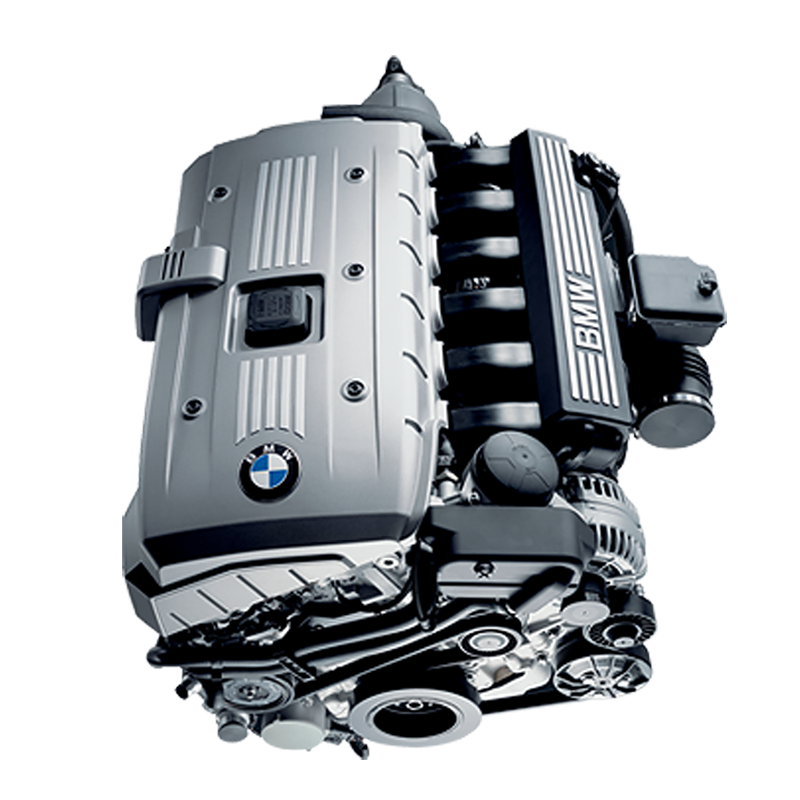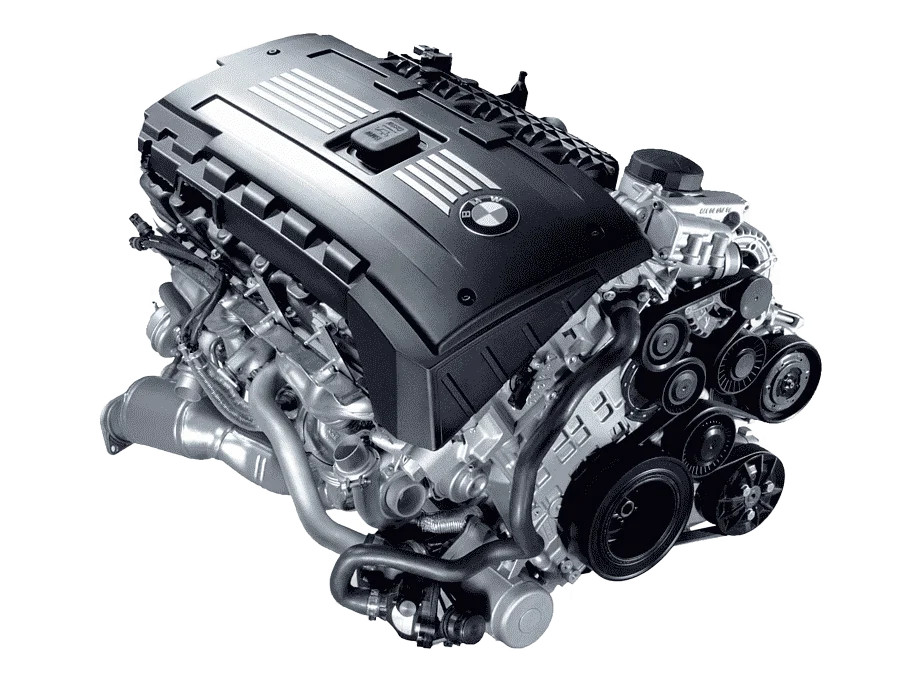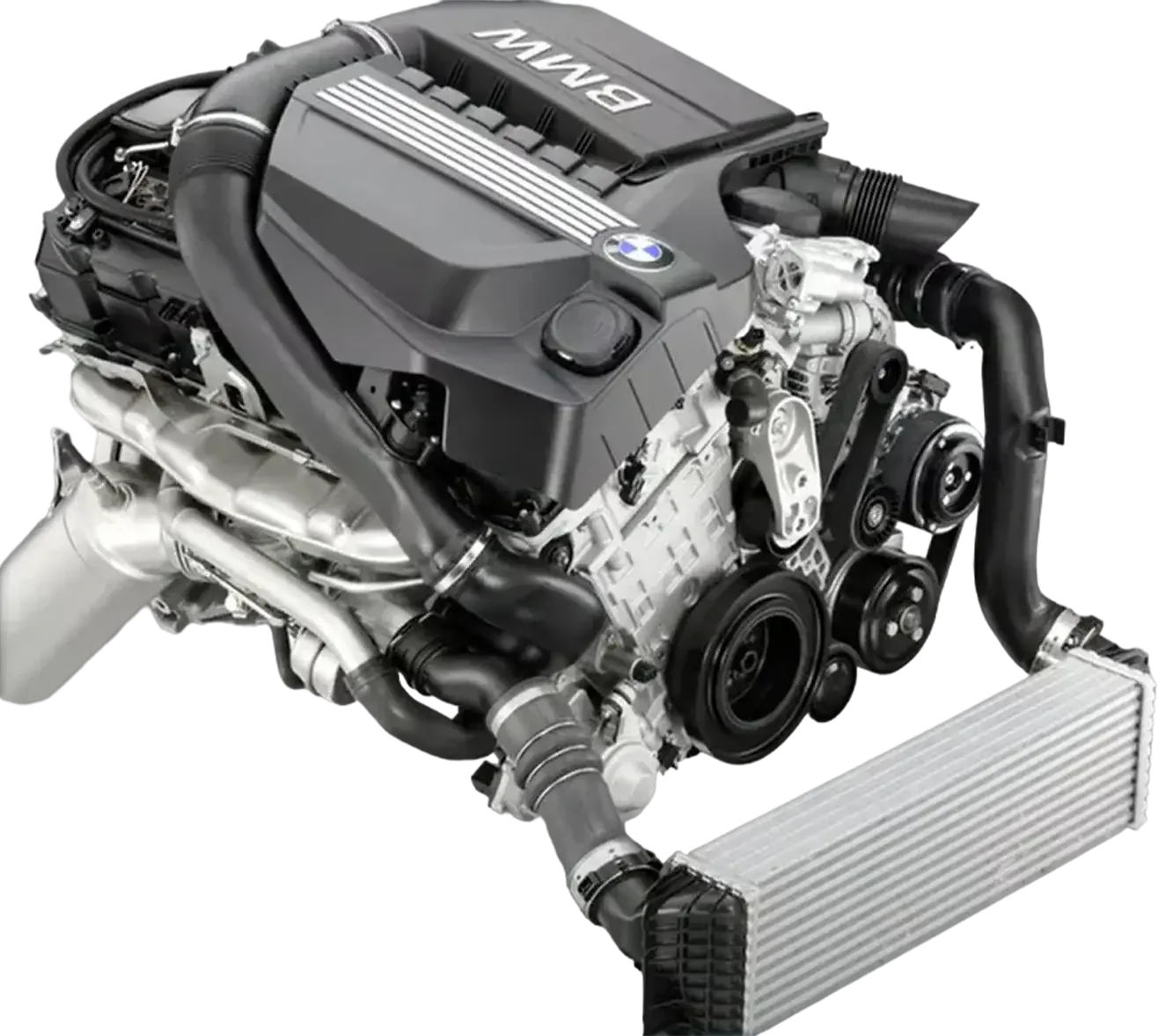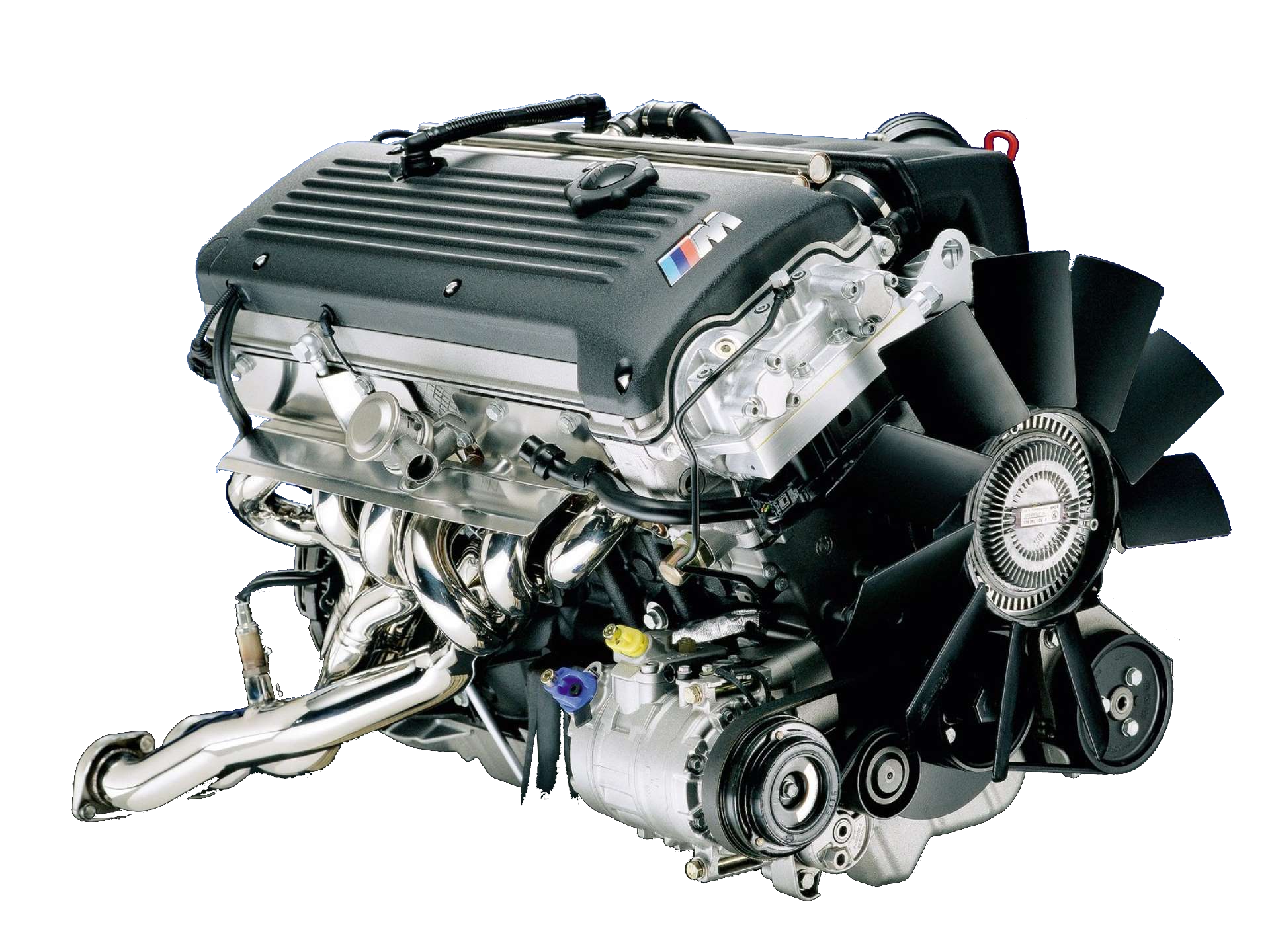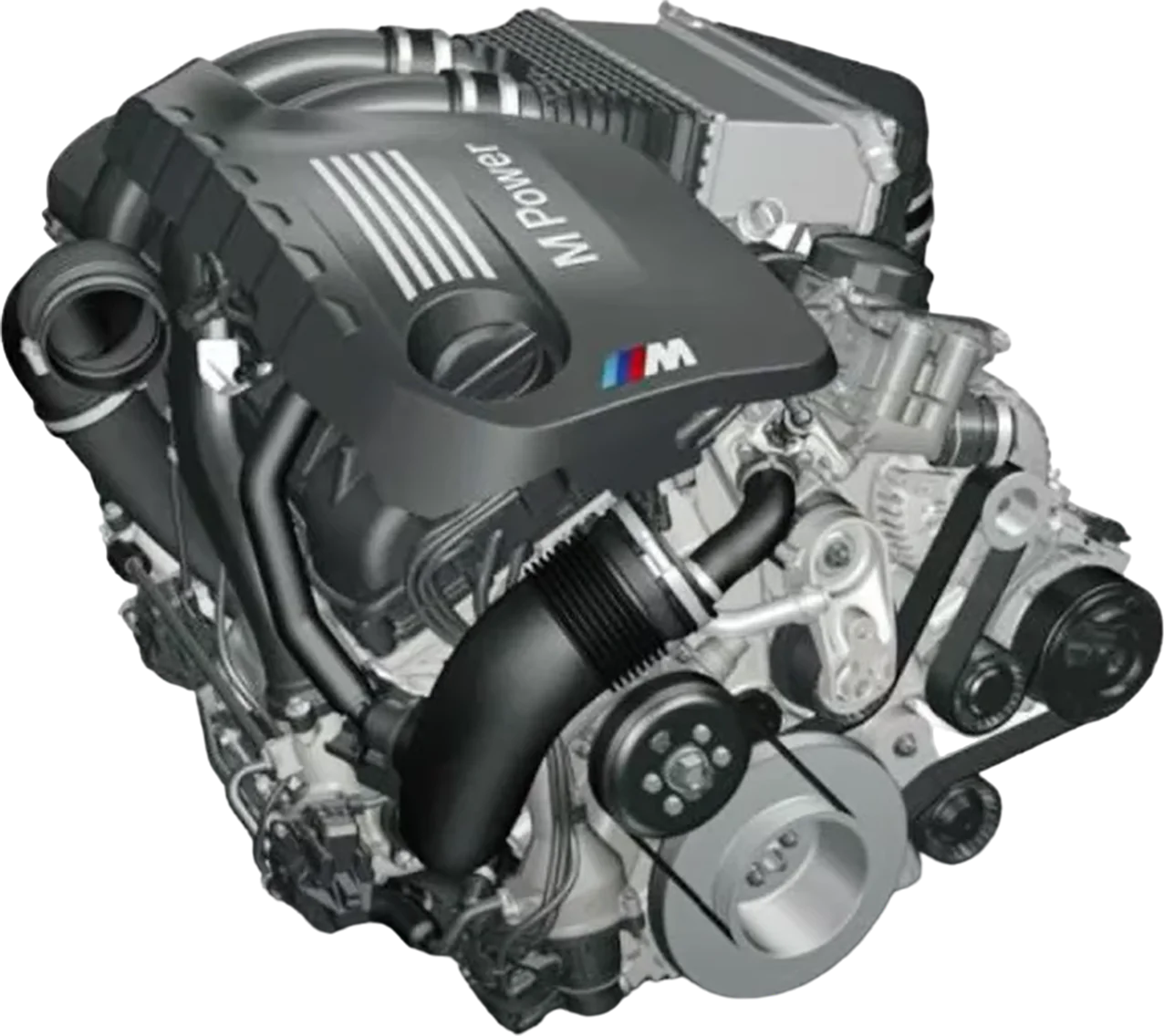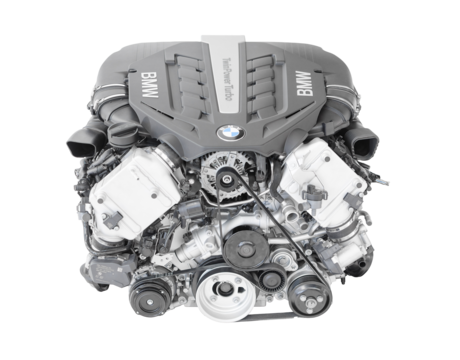Vehicle Maintenance
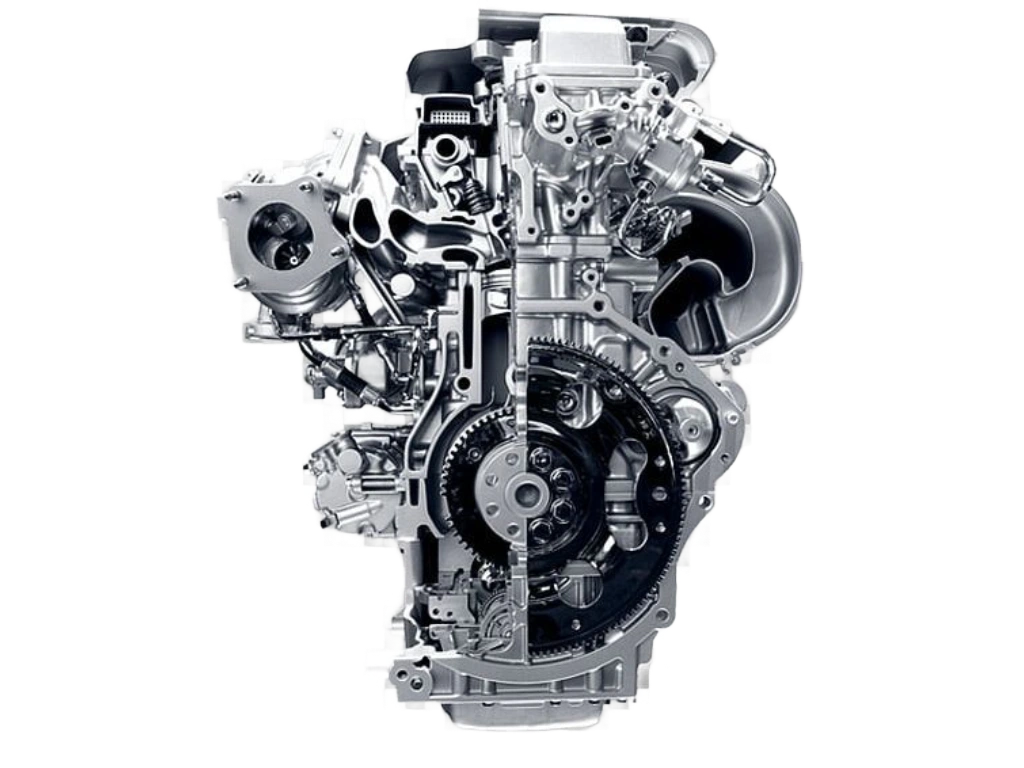

BMW Vehicle Maintenance Guide: Key Tasks, Intervals, and Troubleshooting Tips
BMWs are designed for performance, but they require regular maintenance to keep them in peak condition. Staying proactive with service can prevent costly repairs, maintain value, and ensure a smooth driving experience.
Oil and Filter Changes
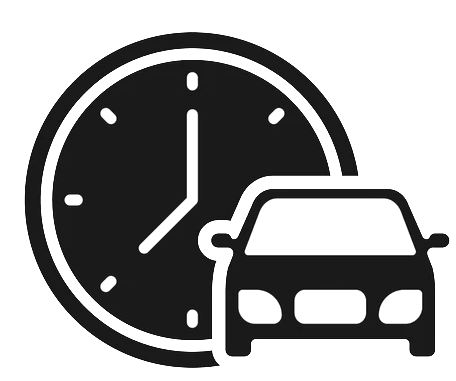
Recommended Interval
- Every 7,500 to 10,000 miles or annually, depending on driving conditions and engine type. High-performance models or turbocharged engines may benefit from more frequent oil changes.

Symptoms of Overdue Oil Change
- Engine noise, sluggish performance, or oil warning light.

Trouble Codes
- P0521 (Engine Oil Pressure Sensor Performance), P0522 (Engine Oil Pressure Low).
Use High-Quality Oil and Filter
Stick to BMW-approved synthetic oil and OEM or high-quality oil filters.
Check Oil Levels Regularly
Turbocharged engines, like the N54 and N55, may consume more oil, so check levels between changes.
Monitor Oil Pressure
If the oil warning light appears or codes indicate pressure issues, check the oil level and top off as needed.
Reset Oil Change Interval Indicator
After each change, reset the oil change reminder in the iDrive or instrument cluster.
Air Filter Replacement

Recommended Interval
- Every 15,000 to 30,000 miles, depending on driving conditions. Frequent driving in dusty environments may require more frequent changes.
Symptoms of a Dirty Air Filter
- Reduced fuel economy, sluggish acceleration, and poor engine performance.
Inspect Air Filter
Check the air filter for visible dirt and debris, especially if driving in dusty areas.
Upgrade to High-Flow Filters
High-performance air filters can improve airflow and slightly boost performance, but they require regular cleaning.
Check for Intake Blockages
Debris can accumulate in the intake path; clear any visible blockages during filter changes.
Cabin Air Filter Replacement
Recommended Interval
- Every 15,000 to 20,000 miles or annually.
Symptoms of a Dirty Cabin Air Filter
- Musty odors, reduced airflow from vents, or allergy symptoms from dust.
Check Filter Condition
Inspect the cabin filter for dust and debris. Replace it if airflow is noticeably restricted.
Replace in Spring or Fall
Seasonal changes can bring in pollen and dust; replacing filters seasonally can help maintain air quality.
Use High-Quality Filters
Cabin filters with activated carbon help filter out odors and pollutants more effectively.
Brake Fluid Flush

Recommended Interval
- Every 2 years or 20,000 miles, as brake fluid can absorb moisture over time, reducing braking efficiency.

Symptoms of Old or Contaminated Brake Fluid
- Spongy brake pedal, reduced braking performance, brake warning light.

Trouble Codes
- C1E03 (Brake Fluid Level Low).
Use DOT 4 or BMW-Specified Fluid
BMWs typically require DOT 4 brake fluid; use OEM or high-quality aftermarket brands.
Bleed the Brakes
Air can enter the brake lines over time; a proper brake bleed ensures consistent braking performance.
Check Fluid Color
Fresh brake fluid is clear to light yellow. Dark or murky fluid indicates contamination.
Coolant Flush
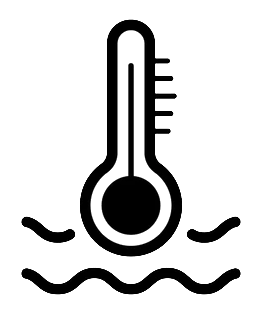
Recommended Interval
- Every 4 years or 50,000 miles to maintain effective cooling and prevent corrosion in the system.
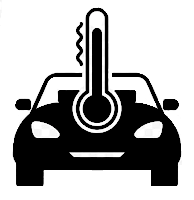
Symptoms of Old Coolant
- Overheating, coolant warning light, rusty or murky coolant in the expansion tank.

Trouble Codes
- P0128 (Coolant Thermostat Below Regulating Temperature).
Use BMW-Approved Coolant
BMW coolant has specific corrosion inhibitors to protect the aluminum and magnesium parts of the engine.
Check for Leaks
Inspect the coolant hoses, expansion tank, and radiator for leaks during each flush.
Monitor Coolant Level
Ensure coolant is at the correct level; low coolant can lead to overheating and internal damage.
Transmission Fluid and Filter Change
Recommended Interval
- Every 60,000 to 100,000 miles, depending on driving conditions and transmission type.
Symptoms of Old Transmission Fluid
- Hard shifts, delayed engagement, slipping, or transmission warning light.
Trouble Codes
- P0730 (Incorrect Gear Ratio), P0741 (Torque Converter Clutch Circuit Performance).
Use BMW-Approved Fluid
BMW transmissions require specific fluid types for proper function.
Replace the Filter
For automatic transmissions, replacing the filter helps prevent wear and ensures fluid flow.
Check for Leaks
Transmission fluid leaks around the pan or seals should be addressed promptly.
Spark Plug and Ignition Coil Replacement
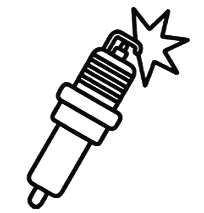
Recommended Interval
- Every 30,000 to 60,000 miles, depending on model and engine type. Turbo engines typically require more frequent replacements.

Symptoms of Worn Spark Plugs or Coils
- Misfires, rough idle, poor fuel economy, and sluggish acceleration.

Trouble Codes
- P0300 (Random/Multiple Cylinder Misfire), P0350-P0356 (Ignition Coil Circuit Malfunction).
Use OEM Spark Plugs and Coils
BMW-specific spark plugs and coils ensure optimal performance.
Replace All Coils Together
For consistent ignition performance, replace all coils at once.
Monitor for Misfire Codes
Misfire codes point to issues with specific cylinders; check coils and plugs if these codes appear.
Differential and Transfer Case Fluid Change

Recommended Interval
- Every 50,000 to 70,000 miles to maintain smooth power delivery and prevent wear.

Symptoms of Old Differential/Transfer Case Fluid
- Whining noise from the rear, clunking during acceleration, or reduced AWD performance.
Use BMW-Specified Fluids
Proper fluids prevent wear and extend component life.
Inspect for Leaks
Look for leaks around the differential and transfer case seals.
Service AWD Models
Transfer case fluid is critical in AWD models; regular changes maintain performance.
Power Steering Fluid Change

Recommended Interval
- Every 50,000 miles or when steering feels heavy or makes noise.

Symptoms of Low or Dirty Power Steering Fluid
- Noisy or stiff steering, whining sounds when turning.
Use BMW-Compatible Fluid
BMWs often require specific power steering fluids, so check for compatibility.
Flush Fluid if Needed
Contaminated or low fluid can strain the power steering pump and system.
Check Hoses for Leaks
Power steering lines can degrade and leak over time, especially near connectors.
Tire Rotation and Alignment

Recommended Interval
- Rotate tires every 5,000 to 7,500 miles; perform alignments annually or whenever suspension work is done.
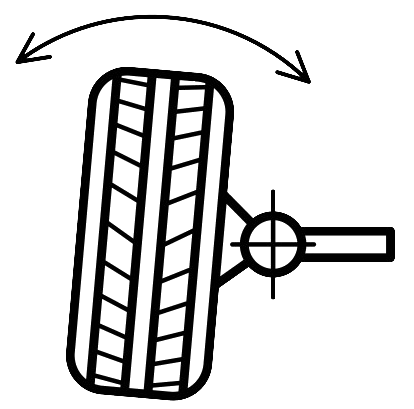
Symptoms of Poor Alignment or Tire Wear
- Uneven tire wear, steering pulling to one side, vibrations at certain speeds.
Rotate Tires Regularly
Regular rotation helps tires wear evenly and last longer.
Check for Alignment Issues
Poor alignment can lead to uneven tire wear and reduced fuel economy.
Inspect Tire Tread Depth
Maintain at least 3/32” of tread for safety and performance.
Suspension and Bushing Inspection

Recommended Interval
- Annually or every 30,000 miles, especially on high-mileage vehicles or those driven on rough roads.
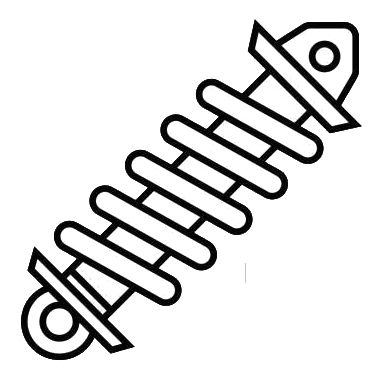
Symptoms of Worn Bushings or Suspension Components
- Clunking noises, poor handling, uneven tire wear.
Check for Play in Suspension Components
Loose control arms, ball joints, and bushings cause instability and tire wear.
Replace Bushings as Needed
Rubber bushings degrade over time, especially in aggressive driving conditions.
Inspect Shocks and Struts
Leaking or worn shocks affect ride comfort and handling.
Battery Replacement
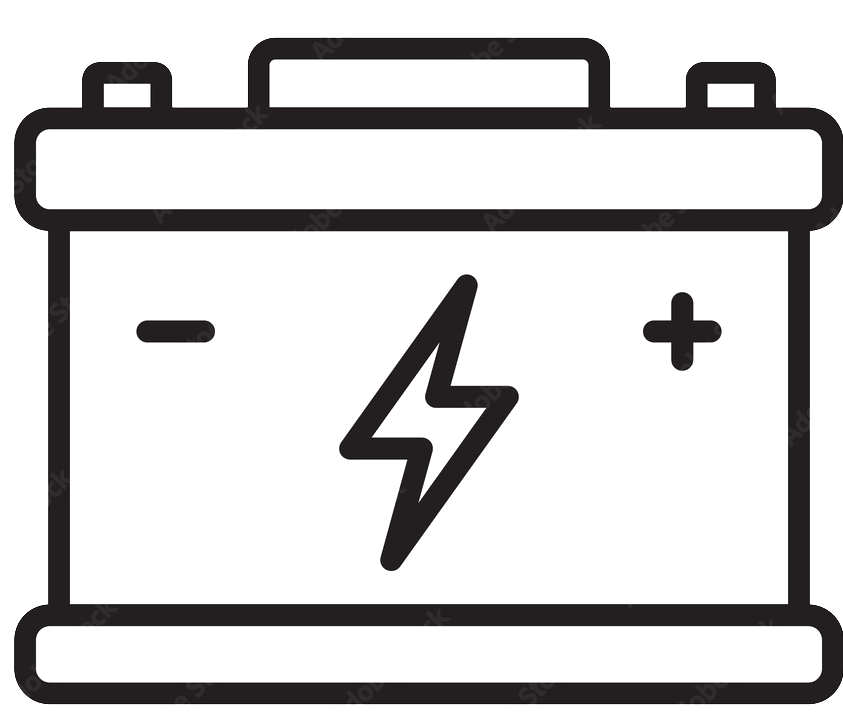
Recommended Interval
- Every 4 to 6 years or when electrical issues or low voltage appear.

Symptoms of a Weak Battery
- Slow engine cranking, dim lights, electrical malfunctions.

Trouble Codes
- P0562 (System Voltage Low), P0563 (System Voltage High).
Test Battery Regularly
Check voltage and load capacity every season, especially in cold climates.
Clean Battery Terminals
Corroded terminals can reduce power and affect electrical performance.
Register the Battery Replacement
Many BMWs require battery registration to properly manage charging.
Preventive Maintenance Tips for BMWs
- Use OEM or High-Quality Parts: BMWs are sensitive to parts quality; OEM parts ensure optimal compatibility and longevity.
- Follow Manufacturer Service Intervals: Stick to BMW’s recommended intervals to avoid wear and costly repairs.
- Monitor for Warning Lights and Codes: Regularly scan for trouble codes and address any issues promptly.
- Stay Proactive: Regular inspections and timely maintenance prevent small issues from becoming major repairs.













